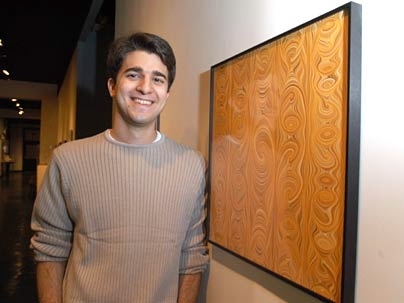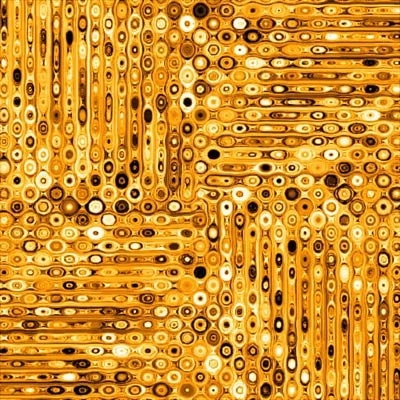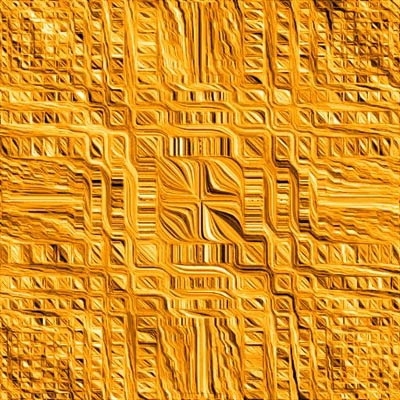The whorls and swirls of color may look like something by art nouveau painter Gustav Klimt, but the winning images from MIT's annual 8.02 "Weird Fields" contest are really computer-generated visualizations of vector fields.
To help students understand electromagnetic force fields, Professor of Physics John Belcher and colleagues at the MIT Center for Educational Computer Initiatives developed a computer applet into which students put the mathematical expressions that describe a given field. "It then pops out a visual representation of what the field looks like," he said.
And the most striking image wins.
MIT's undergraduate course "Introduction to Electricity and Magnetism," better known as 8.02, is part of the Institute's Technology-Enabled Active Learning Project (TEAL), which recasts physics learning by presenting familiar material in dramatically different ways. TEAL merges lectures and hands-on desktop experiments with cutting-edge visualizations and simulations.
Belcher, who teaches 8.02, said he uses the "Weird Fields" contest to encourage students "to construct fields themselves and get some feeling for why they look like they do."
Students from around the world can learn from this approach, since the course materials--and the computer program involved in the contest--are available free through MIT's OpenCourseWare initiative.
This year's winner is George S. Zaidan. First runner-up is Dan Yuan; second runner-up is Brian Malley. All three are freshmen.
Large reproductions of the winning image from this year and those from the 2004 contest are currently on display at the MIT Museum as part of a larger exhibit on the TEAL program.
For more information about the course and the contest, go to http://web.mit.edu/8.02T/www.
A version of this article appeared in MIT Tech Talk on April 6, 2005 (download PDF).








